The first thing to understand about raccoons is that despite their cute, fuzzy  appearance, they are among the most cunning and resourceful nuisance animals. They are known in suburban areas as ransackers of trashcans, thieves of outdoor pet food, and intruders of attics. While garbage and pet food problems are mainly just a nuisance, having raccoons in your attic is a much bigger issue. If left undisturbed for too long, they could cause some serious damage to your home, especially when giving birth to babies.
appearance, they are among the most cunning and resourceful nuisance animals. They are known in suburban areas as ransackers of trashcans, thieves of outdoor pet food, and intruders of attics. While garbage and pet food problems are mainly just a nuisance, having raccoons in your attic is a much bigger issue. If left undisturbed for too long, they could cause some serious damage to your home, especially when giving birth to babies.
Raccoon Mothers
Often raccoon mothers will attempt to invade attics in the late winter or spring after they have mated in order to find a safe place to give birth and raise cubs. Because the gestation period of raccoons is a little over two months, many raccoon invasions from April-June will involve mothers giving birth in your attic.
Raccoon kits (or cubs) are helpless for the first few weeks of their life. They are born incapable of seeing and hearing, and will remain that way for about 3-4 weeks. The mother will stick by them to raise them until they are fully weaned about 16 weeks later.
Removal Issues
The tricky part about removing a mother raccoon and her kits from your attic is that trapping is only half the solution. Unless you are willing to wait a couple months for the time when the raccoon cubs can move around on their own, setting a trap in the attic won’t get the job done.
If you do set a trap in the attic and catch the mother raccoon, it is extremely important to check for any kits as well, since they cannot survive without the mother early in their lives. A thorough raccoon control job involves getting all the raccoons out of your attic, and safely relocating the family.
Animal Control Professionals
The Critter Control® experts in Ft. Lauderdale are happy to help you get the raccoons out of your attic. We understand how much damage raccoons can do to homes and the seriousness of the situation. Furthermore, we promise to always use the most efficient tactics to solve the problem as quickly as possible, while still adhering to legal regulations and keeping your family safe. Give us a call today for a free consultation at 954-467-6067.

 personality, the critters can become emboldened to interact more and more with humans. Often, this can result in squirrels hanging near certain houses where they are sure to find food, whether it is in exposed trash cans or bird feeders. Sometimes they even move in with you and carve out a space in your home for themselves, oftentimes the attic.
personality, the critters can become emboldened to interact more and more with humans. Often, this can result in squirrels hanging near certain houses where they are sure to find food, whether it is in exposed trash cans or bird feeders. Sometimes they even move in with you and carve out a space in your home for themselves, oftentimes the attic.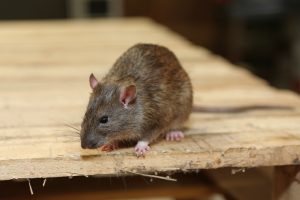 average lifespan of a rat isn’t that long, they can create an infestation in your home in the blink of an eye because of their rapid breeding habits. The key to fighting a rat infestation is stopping it before it gets out of control.
average lifespan of a rat isn’t that long, they can create an infestation in your home in the blink of an eye because of their rapid breeding habits. The key to fighting a rat infestation is stopping it before it gets out of control.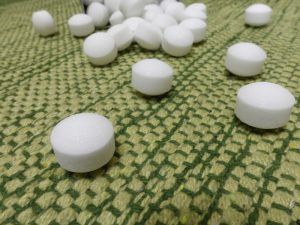 smelled their strange odor at your grandma’s house, since they were used much more commonly decades ago. Though they may seem outdated to many, some try to repurpose them as
smelled their strange odor at your grandma’s house, since they were used much more commonly decades ago. Though they may seem outdated to many, some try to repurpose them as  haven’t. But those rat droppings in the attic didn’t come out of thin air. Whether or not you still have rodents in your house, what the rat or rats leave behind needs to be dealt with.
haven’t. But those rat droppings in the attic didn’t come out of thin air. Whether or not you still have rodents in your house, what the rat or rats leave behind needs to be dealt with.

 chose to ignore it for a while. After recognizing this several times, you decide to go check out the situation to find that not only is there a
chose to ignore it for a while. After recognizing this several times, you decide to go check out the situation to find that not only is there a 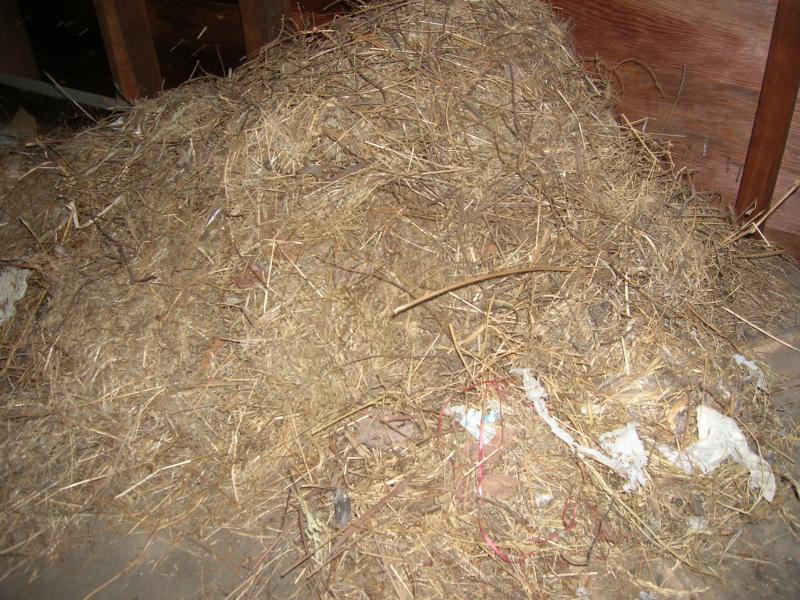
 little strange… What happened to these walls?
little strange… What happened to these walls?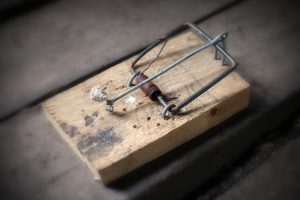 your home when nesting. A common way homeowners seek to get rid of their rat problem is through rat traps, but they are often misused. Here are a few items to consider if your rat traps are not working:
your home when nesting. A common way homeowners seek to get rid of their rat problem is through rat traps, but they are often misused. Here are a few items to consider if your rat traps are not working: of the disease that can, unfortunately, be passed on to humans. The threat of rabies is one of the main reasons why wild animals should never be approached. While the disease isn’t common, you should still take precautionary measures to avoid infection if you are bitten by a wild animal.
of the disease that can, unfortunately, be passed on to humans. The threat of rabies is one of the main reasons why wild animals should never be approached. While the disease isn’t common, you should still take precautionary measures to avoid infection if you are bitten by a wild animal.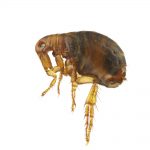 For example, some pests such as snakes and bees have venom they deliver through a bite or sting. While other pests such as opossums or raccoons can inflict serious injuries on people, who choose to corner them instead of calling professional wildlife control. However, one of the most underestimated risk factors of pests is their potential to spread a wide range of infectious diseases.
For example, some pests such as snakes and bees have venom they deliver through a bite or sting. While other pests such as opossums or raccoons can inflict serious injuries on people, who choose to corner them instead of calling professional wildlife control. However, one of the most underestimated risk factors of pests is their potential to spread a wide range of infectious diseases.